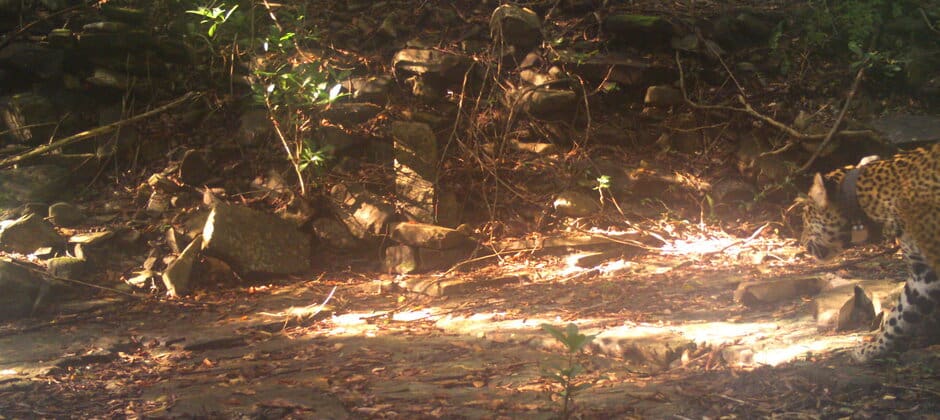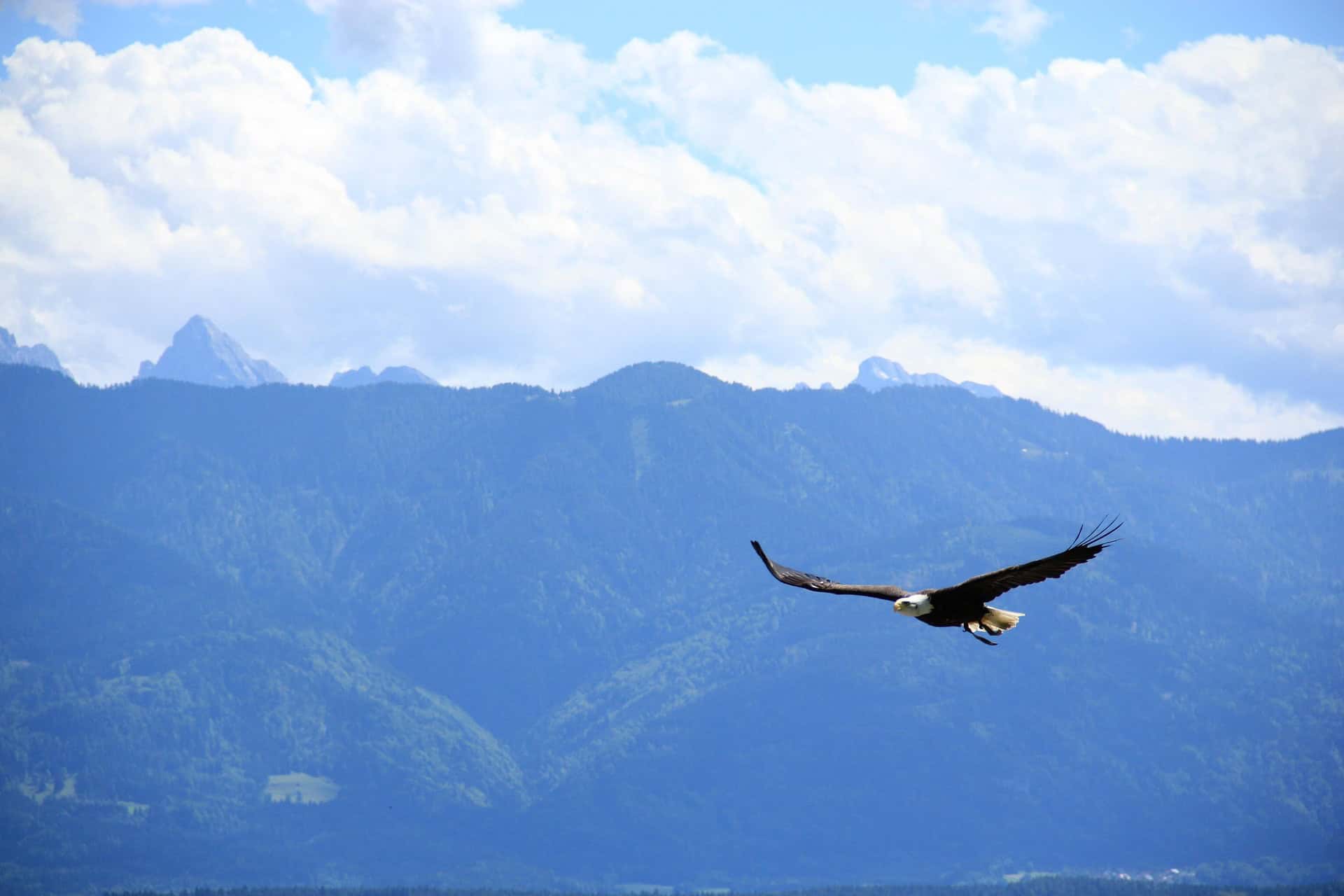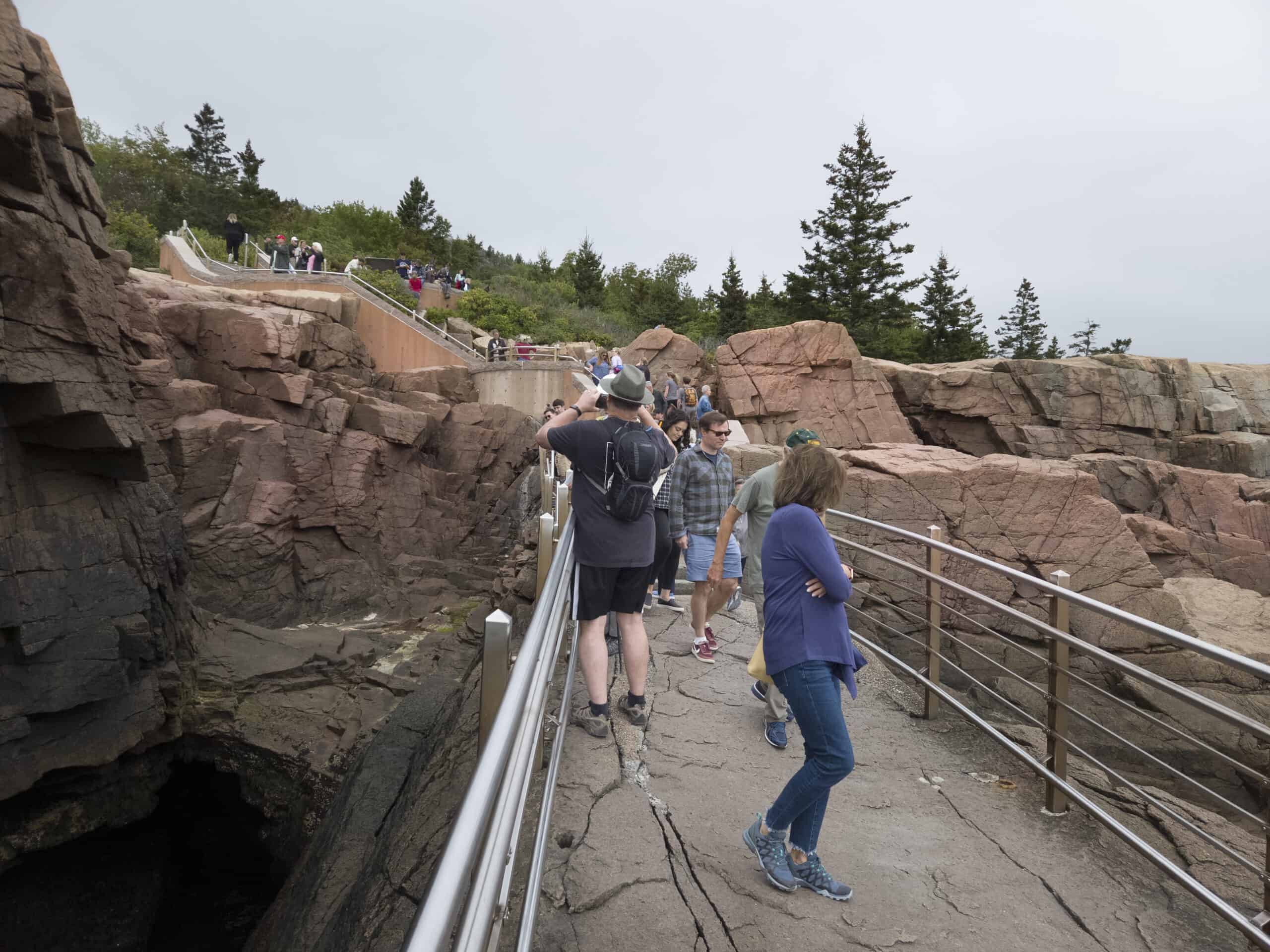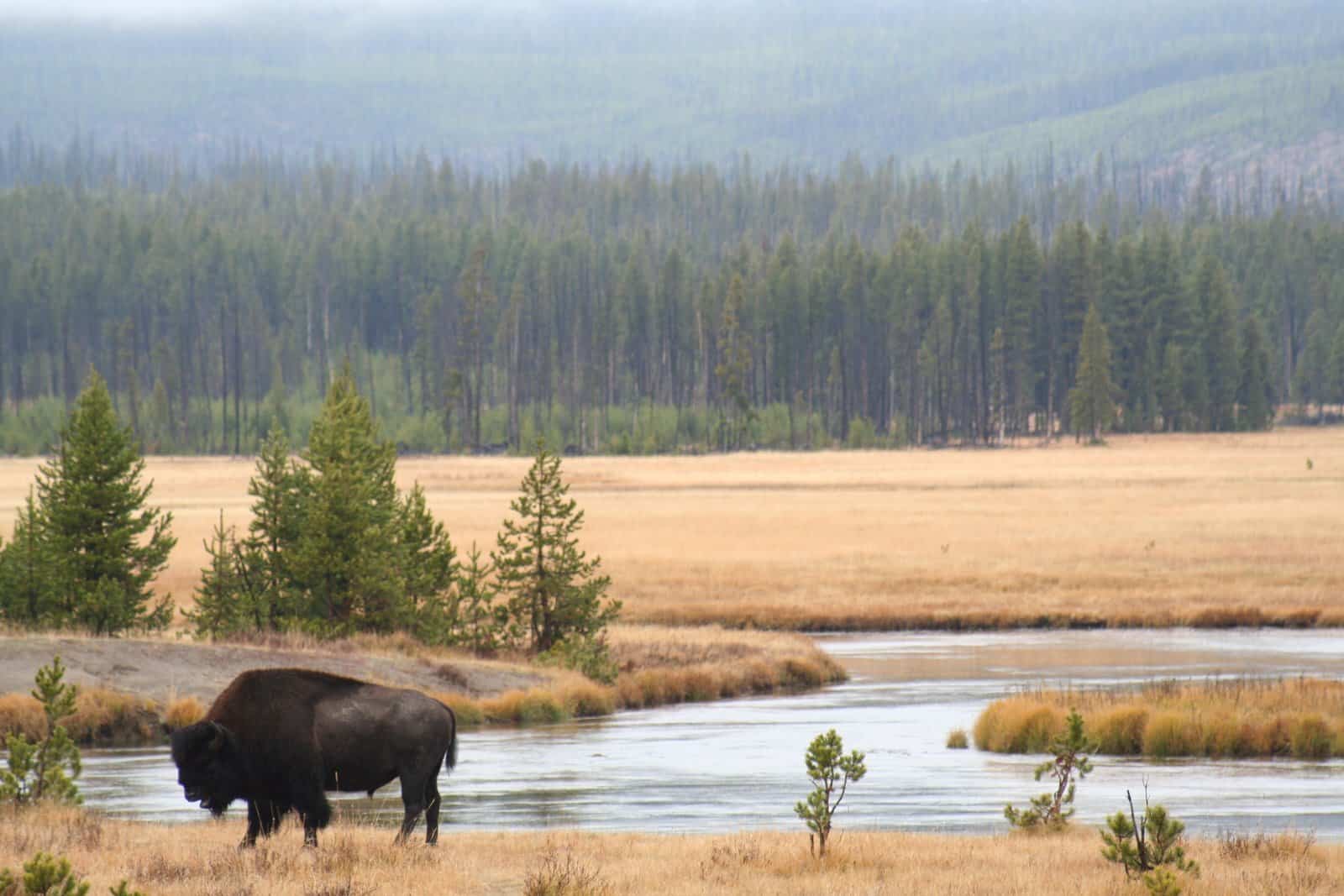Share this article
TWS2020: Mexican farm trends affect jaguar land use
Jaguars don’t always need pristine, untouched wild areas to get by in parts of central Mexico, but they do need a decent level of vegetation cover.
Ongoing surveys in Mexico’s state of San Luis Potosí are revealing that the large cats prefer to use secondary sources of vegetation rather than wide open ranch areas, but these choices may have negative impacts on the population.
“The biggest threat the jaguars face, like so many large carnivores, is really loss of contiguous habitat and persecution,” said TWS member Elizabeth Painter, a PhD student in wildlife biology at the University of Montana. “They are particularly vulnerable because there is very little of this type of [dry tropical] forest left.”
Painter, who conducted this work as part of her master’s at the College of Post Graduates in San Luis Potosi, presented it at The Wildlife Society’s virtual 2020 Annual Conference. She connected with Octavio Cesar Rosas-Rosas, who was working on a project to capture and collar the first jaguars (Panthera onca) in the Biosphere Reserve of Sierra Del Abra Tanchipa in San Luis Potosí, a small and isolated protected area surrounded by cattle ranches and farmland.
The big cats there are vulnerable, but a lot of jaguars still use the area, Painter said.
The team captured and outfitted three jaguars with tracking collars and deployed trail cameras in the reserve. From these methods, they gathered data about how both cougars (Puma concolor) and jaguars were using the landscape differently. They also tracked down kill sites used by the collared jaguars to figure out what they were preying on.
The collars revealed that the jaguars surprisingly don’t spend most of their time in the reserve, but rather in additional vegetation such as patches of recovering forest, abandoned ranches or farms. They also preferred these secondary vegetation sources to open ranch land, though they did use sugarcane farms and occasionally even popped up in cities.
Painter also looked at how land use around the reserve was changing over the past 37 years through satellite imagery from 1989 to 2016. She interviewed 36 ranchers to better understand land use trends in the area.
She found that many ranchers were switching their land over to sugarcane farms due to beef prices declining and sugarcane prices skyrocketing. While cattle ranchers in many parts of the world are often concerned about the danger big predators sometimes pose to their livestock, Painter found that the ranchers San Luis Potosí state were more concerned with the dropping price of beef.
Some ranchers were even concerned about the lack of wildlife diversity in the area compared to 15-20 years ago, when they used to see more collared peccary (Pecari tajacu) and deer — both prey species for jaguars.
While the conversion of more open ranch areas to sugarcane farms might create more territory for jaguars, these lands also involve slash-and-burn agriculture, a cultivation method involving cutting and burning plants, twice a year. Painter said that abandoned jaguarundi (Puma yagouaroundi) kittens — another large cat species — are discovered in these areas due to fires every year.
In addition to this threat, persecution still remains a problem in the area. Painter said that one of the three jaguars they collared — a juvenile mal e— went off the radar during her research. Researchers suspect it might have been poached because when they discovered its body, trophy parts had been removed.
Painter also worries that changing land use patterns may result in decreased prey abundance, thereby increasing potential conflict with ranches and livestock.
But apart from the research on jaguar ecology itself, she said another goal of the research is to increase education about jaguars in the areas to improve tolerance. The important thing, she said, is to get the local people behind jaguar conservation.
This research was presented at TWS’ 2020 Virtual Conference. Conference attendees can continue to visit the virtual conference and review Jones’ paper for six months following the live event. Click here to learn about how to take part in upcoming conferences.
Header Image: A jaguar fitted with a tracking collar moves through San Luis Potosi in Mexico. Credit: CONANP Archive








